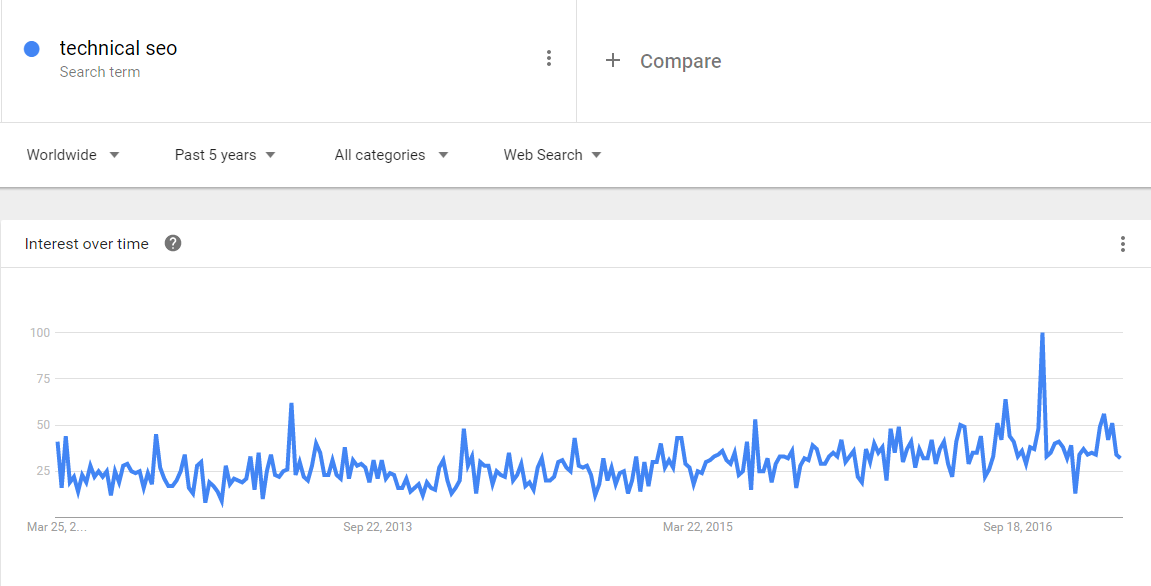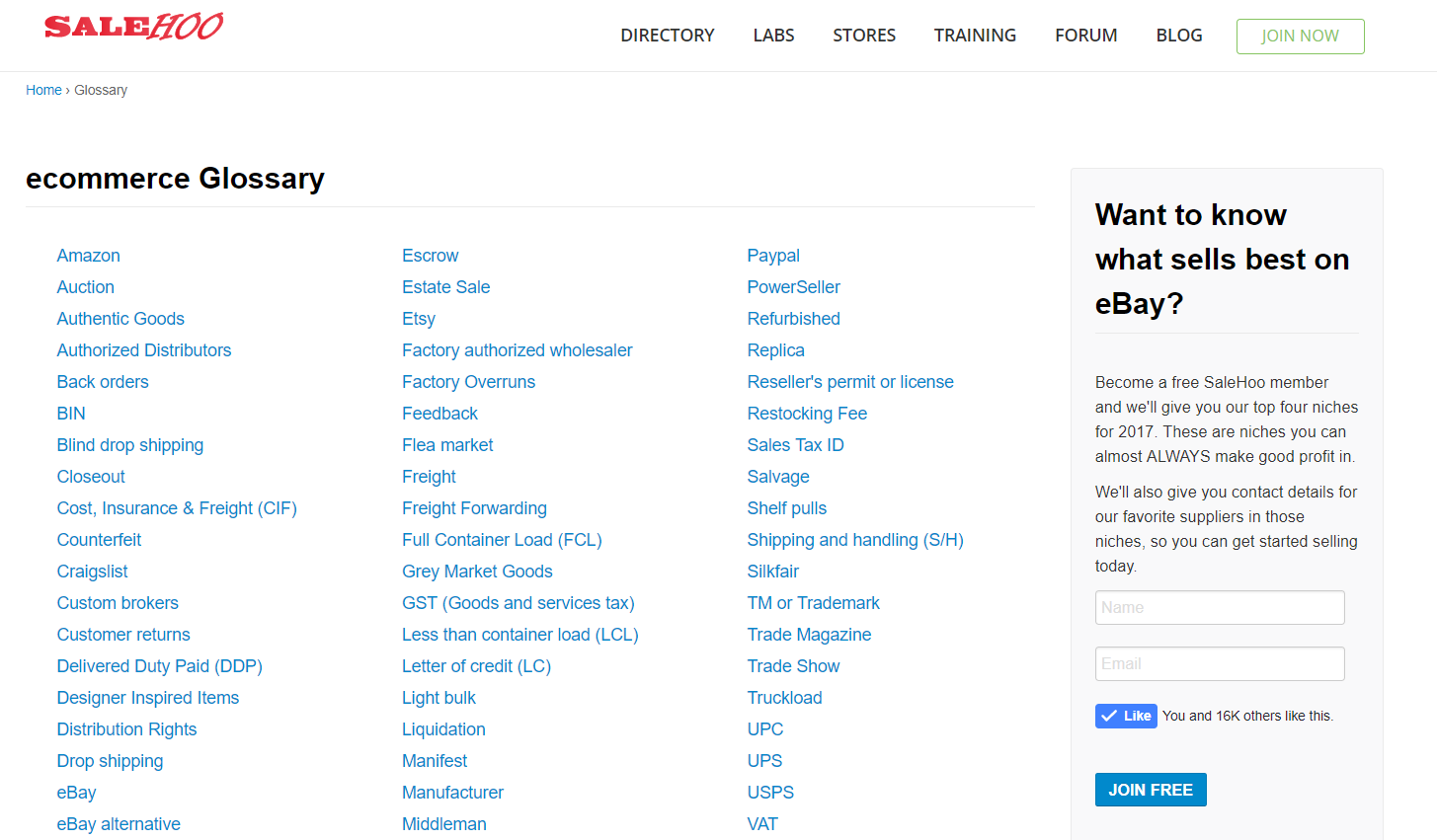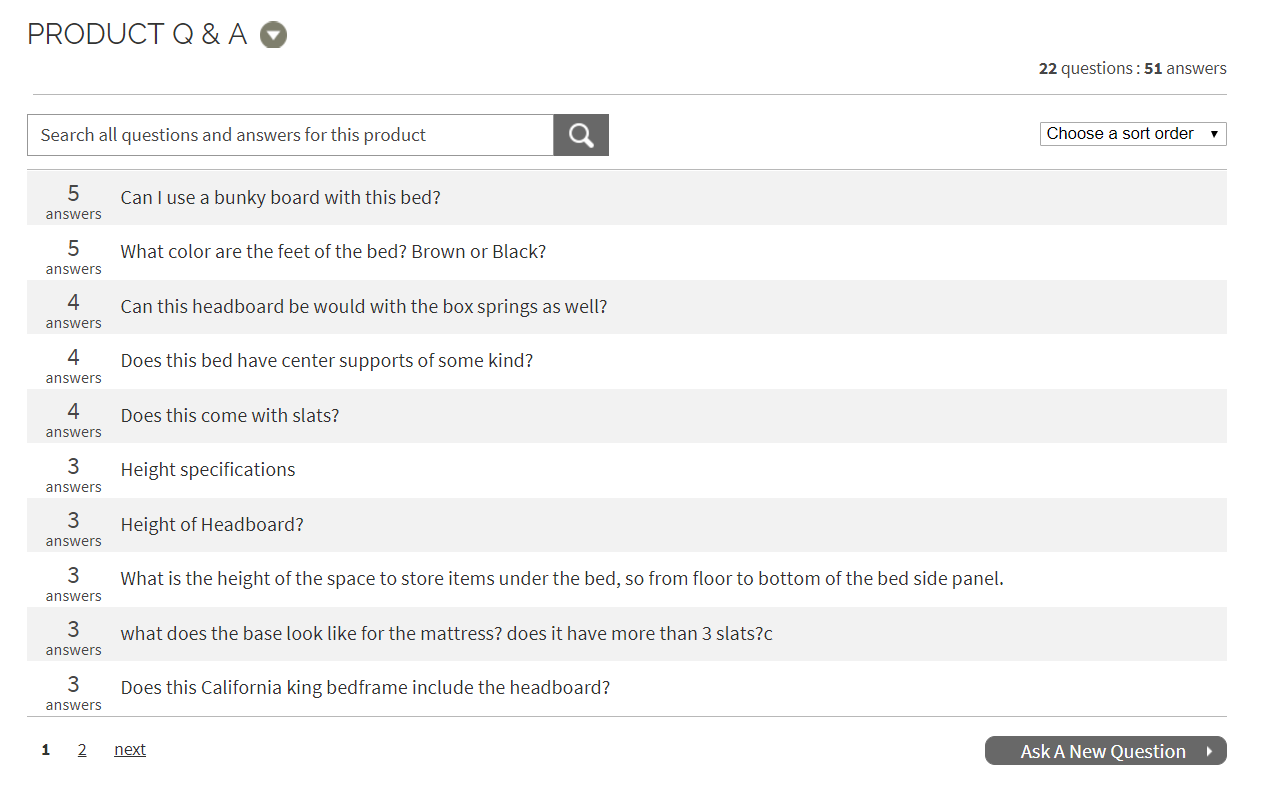Beef up your e-commerce website with evergreen content. Here are some great evergreen content ideas and inspiring examples to grow your traffic and sales.
E-commerce websites depend on conversions (lead and revenue generation) to survive. That’s why pushing out evergreen content is crucial for staying relevant today.
What is Evergreen Content?
Evergreen content is basically a piece of content that doesn’t rely on current trends to be helpful or be of interest to its intended audience. Simply put, evergreen content is informational or reference material that remains useful and relevant long after it’s been published on a site.
This kind of content is vital, especially for e-commerce websites that rely heavily on business sales to stay on top.
Take, for example, a site selling clothing and accessories. Shirt styles and dress designs may come and go, but product size charts and care instructions remain standard.
Related: Why You Need to Create Long, Evergreen Content
Investing in creating a pool of evergreen digital assets for any e-commerce website almost always result in a virtuous cycle of robust traffic generation. Given that these assets cover topic areas that are not time-sensitive, making it easier to scale visibility through organic search and continuously earned social sharing (and linking).
Ultimately, an evergreen content approach can put you in a position wherein your social followers, email subscribers, brand advocates, and sales can grow in number – almost automatically.
How to Create Evergreen Content for E-commerce Websites
Start by creating content based on keywords your target customers generally look for – such as “best bluetooth speakers” or “makeup tutorials.”
Do keyword research using Google’s Keyword Planner and Google Trends to identify topics that your target market constantly wants to learn about.
Avoid presenting viewers with big blocks of pure text. Enrich your content with visualizations, such as infographics, visually appealing product images, and in-use photographs to generate more interest and keep readers scrolling to the end.
Present content in other formats (e.g. slide presentations and videos). People love these because they won’t have to read as much to get the information they need.
Know what your competitors are creating. Offer a better user experience and make your content a better reference for the same information (10x content). Add bonus tips, resourceful links, and other relevant information that will appeal to your audience.
Make sure your content is unique and comprehensive. Be as extensive and in-depth as necessary when providing product or industry knowledge. Make it your professional goal to have the best evergreen content about that topic to genuinely become an authority in your space.
Update your content if necessary, especially if you’re building lists and compiling tips.
Related: Cost-Effective Ways to Create Content and New Content Trends
To paint a better picture of what you can do to beef up your e-commerce website with evergreen content, here are some great evergreen content ideas and inspiring examples.
1. Useful Guides Related to Your Products & Categories
Instructional materials benefit not only users looking for information but also your SEO efforts. Guides provide a venue for you to insert keywords you want to rank for naturally.
Take a look at this evergreen guide on clothing color combinations from Effortless Gent – see how it can be used all year long for different kinds of clothing?
2. Well-Designed Product Videos & Manuals
Product descriptions are good, but consumers also want to see how things work and look like, and how to use and care for them properly.
You would do well to include shareable product videos and user manuals in your e-commerce site, such as this video on the feature-filled Baubax travel jacket and this neat manual on the same product.
3. Product Size Charts
Size charts aren’t only useful for shoes, bags, and clothing; they also come highly recommended for sites selling tools, furniture, and other items where dimensions are relevant.
Take for example this size chart and buyer’s guide on choosing a snowboard from online retailer Evo.
4. Actionable Success Stories & Case Studies
“That’s nice, but does it really work?” This is one of the questions consumers usually ask before they get convinced to click that “Buy” or “Add to Cart” button.
To make it easier to convince potential customers, you can include success stories and case studies to your site.
You may have customers who have reviewed your product or shared how your product addressed their need – contact them and ask for details, and ask them for permission to share their story.
When sharing case studies and success stories such as this onefrom Shape.com, make sure to highlight how your product(s) helped in meeting your customers’ needs.
When people with the same needs read about how others were able to find satisfaction or overcome challenges using your product, there’s a bigger chance that they, too, will purchase and use your product.
5. Industry-Specific Glossary
Niche markets would often have its own jargon or set of concepts, so it’s a big help to interested consumers if you have an industry-specific glossary on your site.
A prime example is SaleHoo’s glossary of e-commerce, wholesaling, and drop shipping terms.
6. Data-Driven Resources
Users like not having to switch from one website to another to get the information they need, so it’s up to you to research the info and collate it for them so they won’t have to leave your site.
There’s plenty of publicly available data (such as those from government websites) you can use to create content that will resonate well with your target market.
One example is this handy resource about working in New Zealand from moving company comparison and quotation site MovingPros.
Visual content – like infographics and other forms of visual guides – is another content format that e-commerce site owners and marketers can explore in sharing timeless stories/tips (take one Bid4Papers’ extensive visual guide to the most common spelling, grammar, and punctuation mistakes).
7. User Tips & Hacks for Products
Product hacks present interesting ways to maximize the use of an item, even something as simple as a binder clip.
Even those people who do not have the item shown in the hack would be enticed to buy one, and recommend the tips and tricks to friends.
It’s always an amusing and amazing experience to know about the many uses of a certain product, especially if the content comes with images and/or videos. Take a look at this article on coffee maker hacks to see what we mean.
8. Comprehensive Checklists
Traveling, cooking, DIYing? There’s a checklist for that – or there should be one – on your site.
If you sell outdoor gear, create a checklist on what every responsible camper should have.
If you’re offering auto repair services, make an extensive list of what car owners need to check or what should be in every car’s emergency kit.
As an example, here’s an ultimate travel packing checklist from Eagle Creek.
9. Curated Lists of Products, Services & Resources
Another way to add valuable content to your site and share some link love in the process is to curate lists of products, services, and web resources that complement your own offerings.
For example, if you’re selling art materials, make a list of online drawing tutorials, watercolor demos, and other resources.
CreativeLive did this by making a page containing various photography and videography topics, classes, and informative blog posts. Check it out here.
10. Be Effective
Be more than just creative, be effective!
Even simpler additions to your product pages can turn them into evergreen content assets. Just see how LivingSpaces make each of their product pages helpful by including a Product Q&A section on these transactional pages.
Summary
These are some of the best evergreen content ideas you can use on your e-commerce website.
You can also answer reader FAQs and provide industry advice via how-to articles and lists of tips.
Making evergreen content allows you to essentially automate your sales and marketing efforts months or even years after your content first went live. So create and use it to maximum advantage!
Source: 10 Awesome Evergreen Content Ideas for E-Commerce Websites – Search Engine Journal







![The Fastest Growing Industries in New Zealand per Region [MAP]](https://guardianowldigital.com/wp-content/uploads/2017/08/data-driven-content-1.png)




Recent Comments